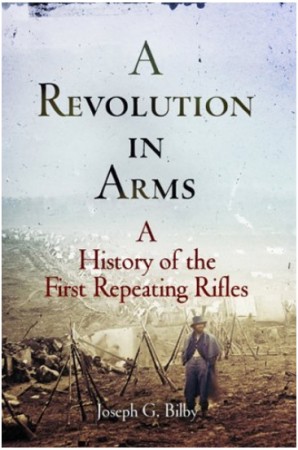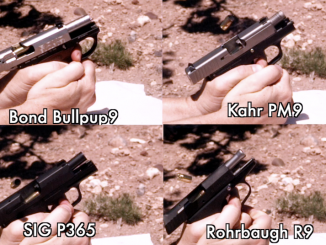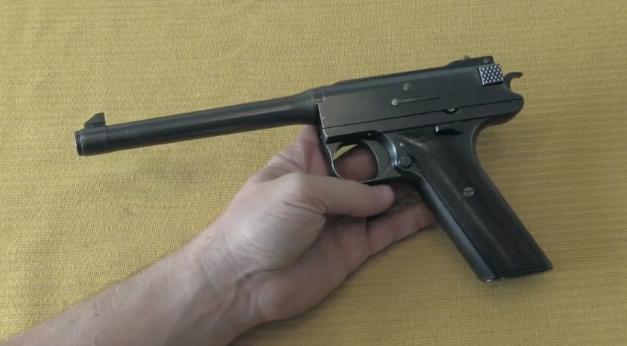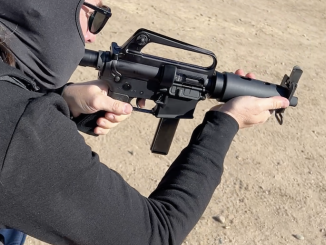When I cracked open Joseph Bilby’s 2006 book A Revolution in Arms: A History of the First Repeating Rifles, I was hoping for a history of the development of repeating rifles, and didn’t quite get that. It’s a subtle difference, but Bilby’s work is primarily about the use of the Henry and Spencer repeating rifles.
The first three chapters do a pretty good job describing the development of rifle (and cartridge) technology through the first half of the 1800s, including the Dreyse needle gun, Volcanic repeater, Sharps, Colt revolving rifle, Hall breechloader, and many more, both European and American. The fourth chapter then starts the story of the Spencer repeating rifle with a great explanation of who Christopher Spencer was and the circumstances of his invention. To me, these are the most interesting chapters in the book.
The remaining five chapters cover the use of the Spencer and Henry rifles through the US Civil War, in a way that is easily read and yet also has excellent detail. Bilby discusses each battle that involved the rifles, and how they were used by the various units. For folks interested in tactics and military history, it is an outstanding resource.
The Civil War saw a huge explosion of new firearms designs, for both repeating arms and breechloaders (new manufacture and conversion of existing muzzleloading weapons). America was a hotbed of industrial innovation, and everyone realized that the Union and Confederate armies would need thousands upon thousands of firearms – getting a military contract could provide a huge windfall for an aspiring inventor. Bibly does also discuss some of the other guns trialed during the period, and gives us a look into the mindset of the Ordnance officials running the military at the time. The obvious question at first glance is, with all these technological improvements sprouting up, why was the Civil War fought with primarily old-style muzzleloading muskets? Well, there are a number of reasons – including plain old conservatism, lack of production capacity for the new designs, durability and reliability problems with new firearms technology, and more.
Bilby’s book also includes some really interesting details about the Spencer – like why it shares many completely interchangeable parts with Sharps single-shot rifles. That was certainly something I had not been aware of. The history of cartridge development through needle-fire, pinfire, Flobert, Volcanic, and other iterative steps is also particularly interesting and well-explained.
Overall, I would say this is an excellent book for those who are interested in the Civil War and firearms – and a good book for those who (like me) are really more focused on just the hardware. Happily, it is a still very much in print, and available for a very reasonable price. Reasonable enough to make it appealing to those of us who are only really looking for a few parts of it.





Ah, sounds like it’s right up my alley. I’ll buy it through your link. (Having difficulty preparing my AM post, so looking for excuses to goof off anyway).
This is true not just about small arms. I realized how much Civil War meant for progress in artillery when visiting Fort Moultrie, SC.
http://www.nps.gov/fosu/historyculture/fort_moultrie.htm
Done deal. I had a few odds and ends in the cart already, and Bilby has another book on Civil War small arms. Now to get back to work on Finland’s clandestine terrorists (of 110 years ago) and their curious silent ammunition.
Can you elaborate on this Finnish Clandestine Terrorists subject? Bill in Boulder
Thanks, Kevin – I’m sure you’ll enjoy it!